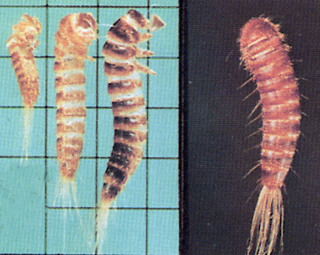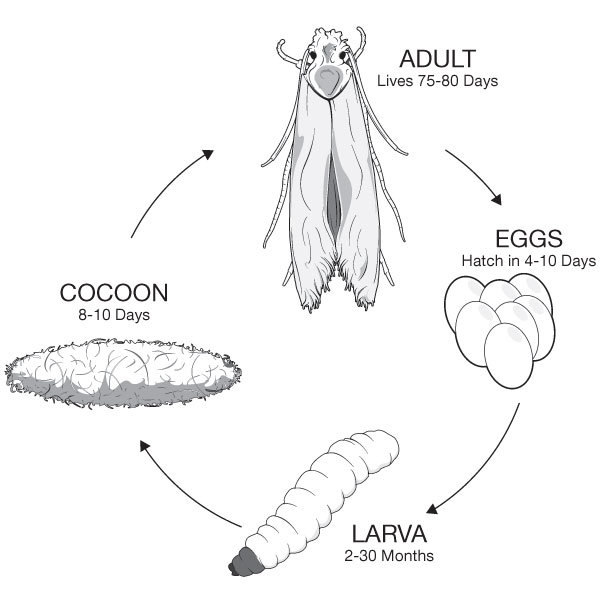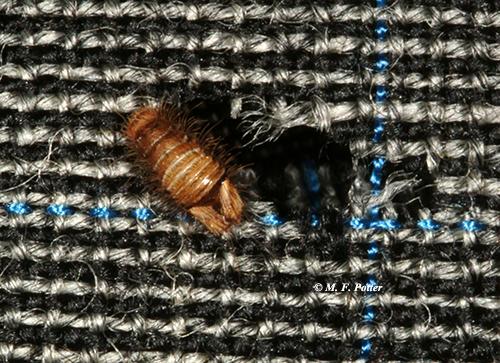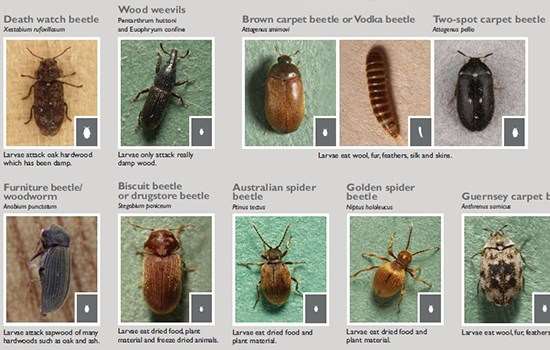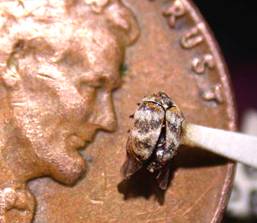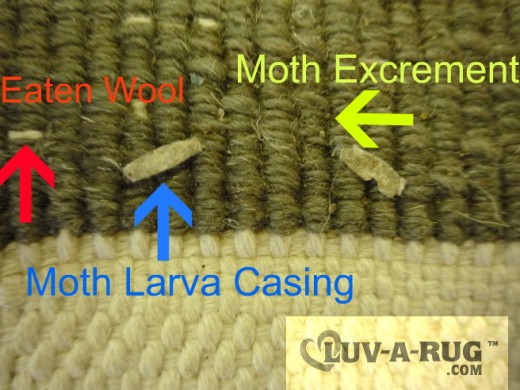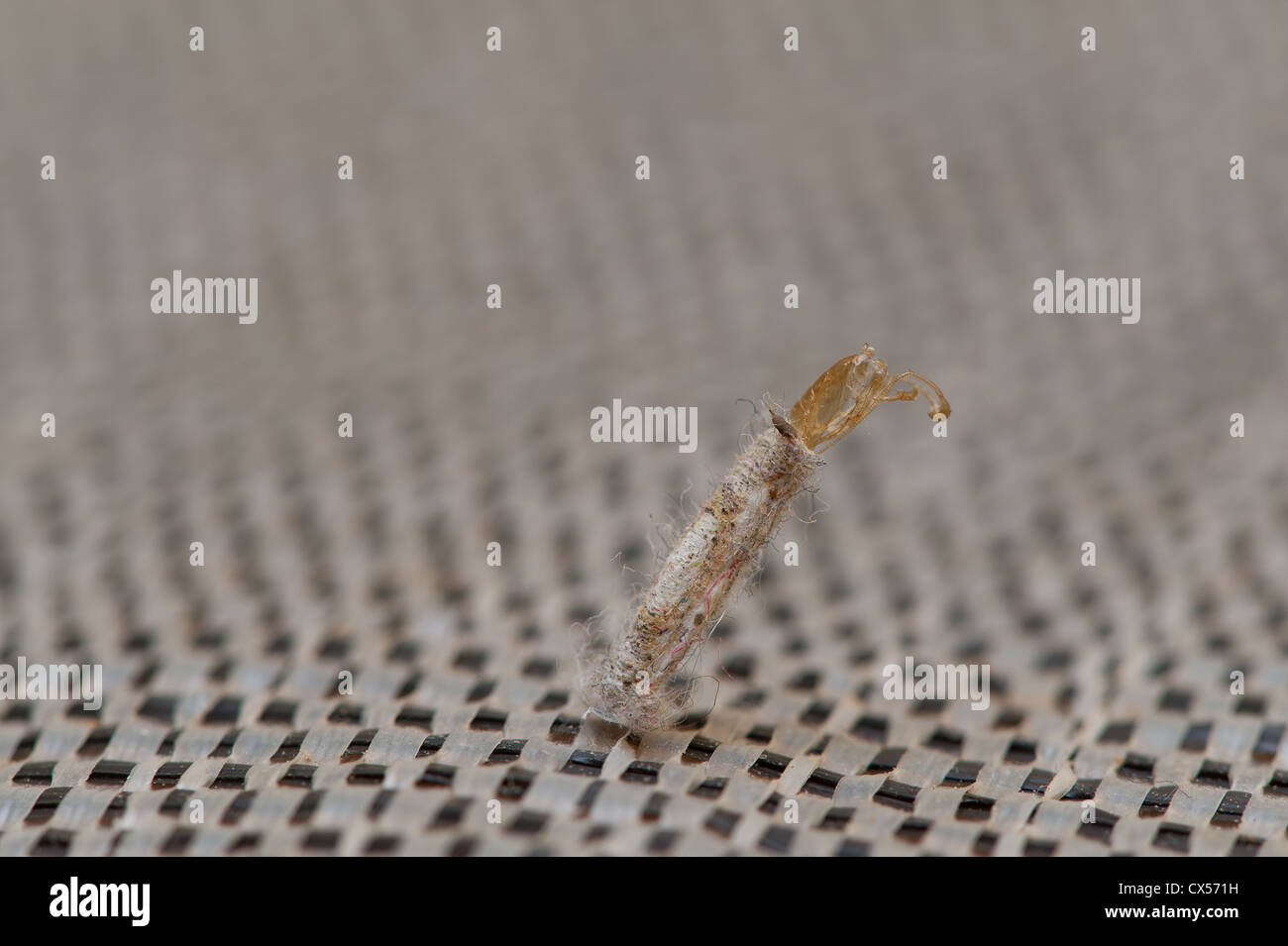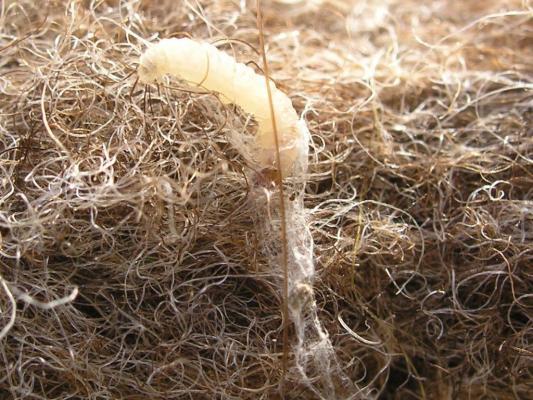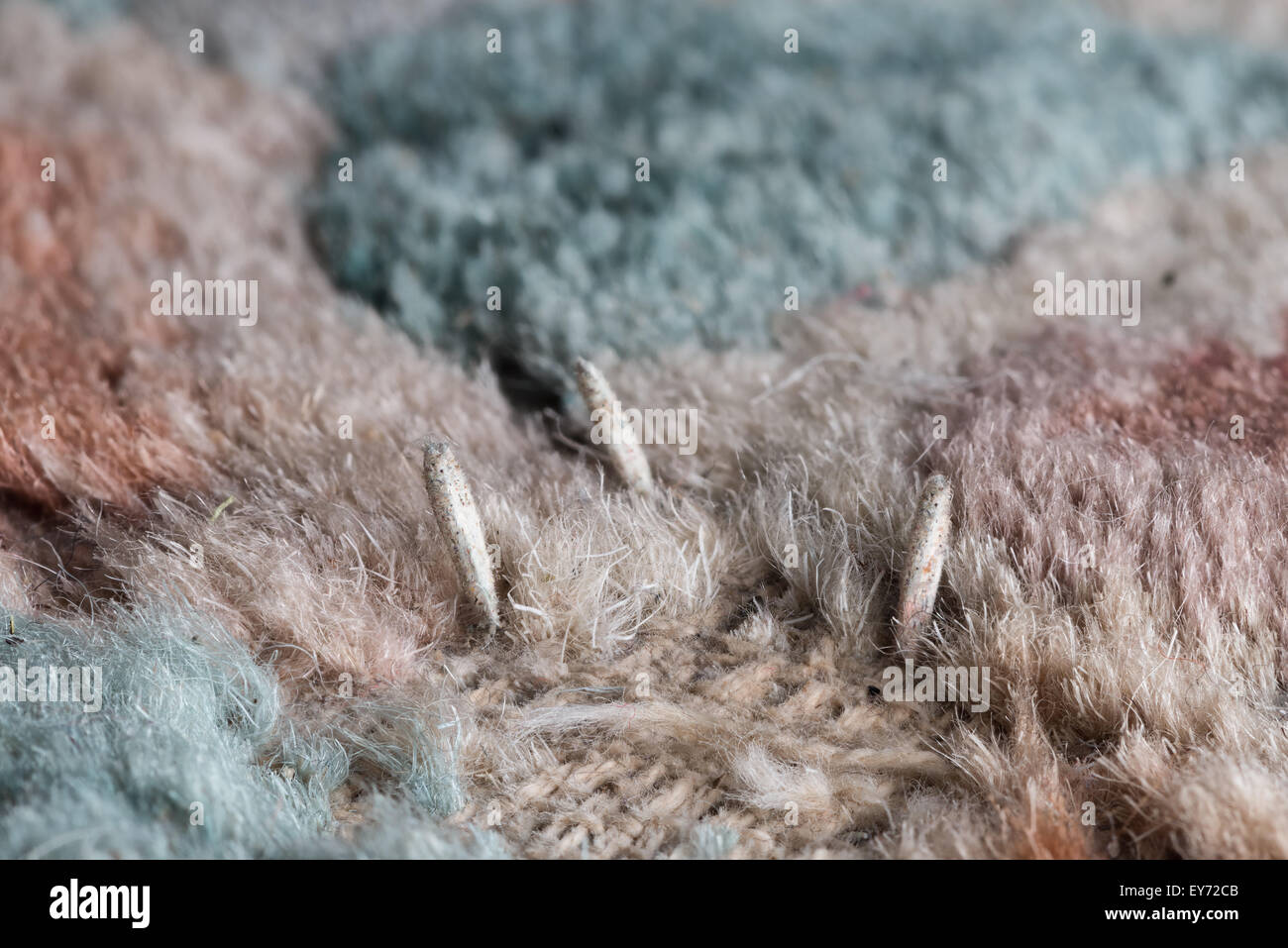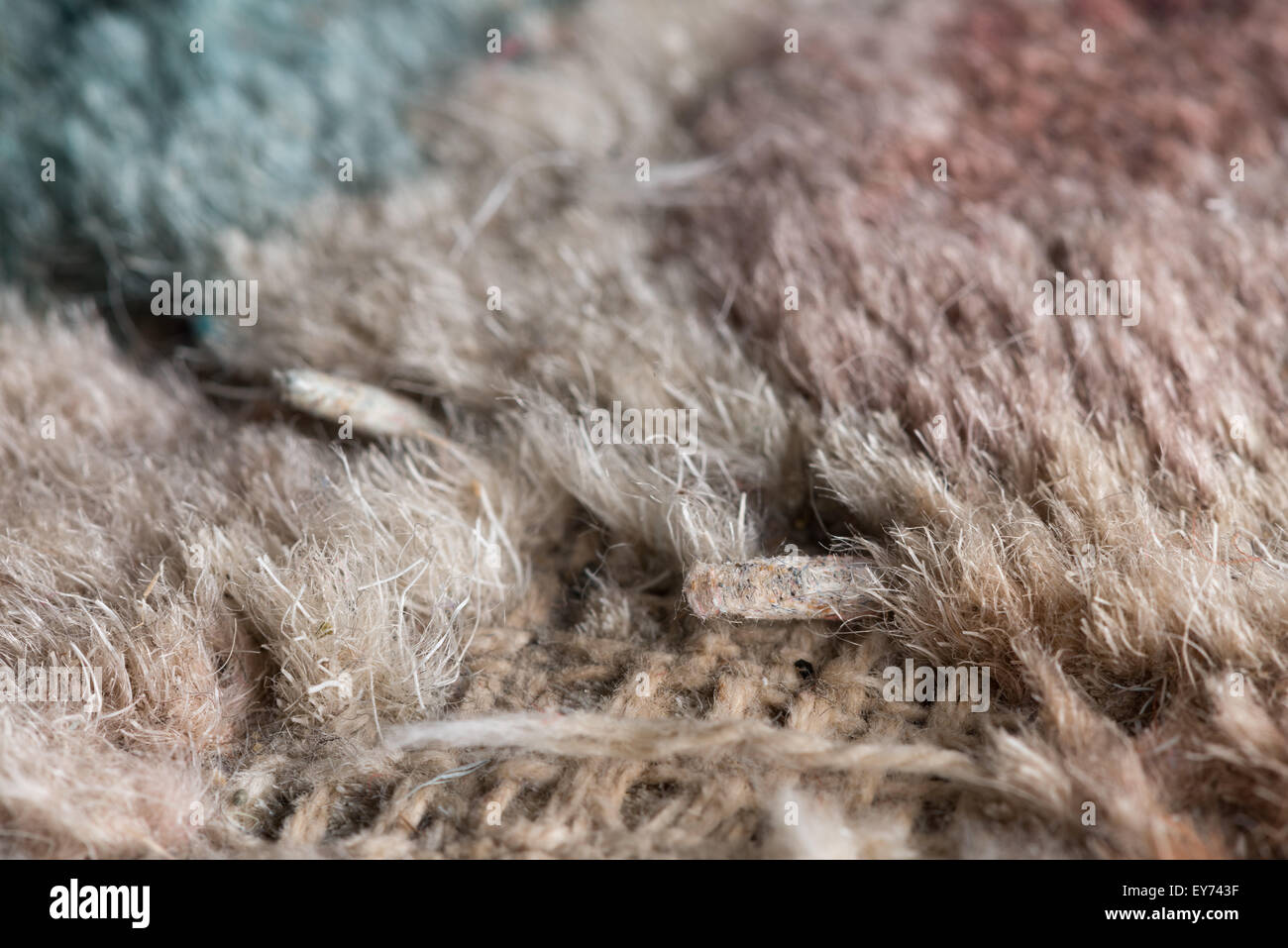Tineola bisselliella known as the common clothes moth webbing clothes moth or simply clothing moth is a species of fungus moth family tineidae subfamily tineinae it is the type species of its genus tineola and was first described by arvid david hummel in 1823.
Carpet moth larvae size.
A carpet moth infestation can be a costly problem as it can cause serious and often irreperable damage to carpets rugs and other soft furnishings in the home.
The specific name is commonly misspelled biselliella for example by g.
The common or webbing clothes moth the larvae of this species spin silk as tubes or sheets of webbing across the material they are eating figure 2.
Between april and october the larvae of the carpet moths develop in animal skins woolen clothes and carpets.
The carpet moth is relatively small in size than a common house moth.
Identifying clothes carpet moths webbing clothes moth case bearing clothes moth.
The carpet moth is a common household textile pest.
The larvae which cause the damage hatch from the eggs and spin silk webbing as they feed and grow.
The carpet tapestry moth is found worldwide and adult moths tend to be seen from april to october although this can vary depending on geographical location.
Herrich schäffer when he established tineola.
When they start life they look like worms then go through the caterpillar phase and finally get their butterfly like appearance.
The most common clothes moths are the webbing clothes moth easily identified with a golden colour and around half an inch in length and the case bearing moth which can be identified about inch long and their forewings are mottled brown with one large and a few.



